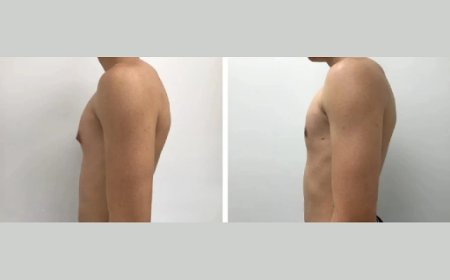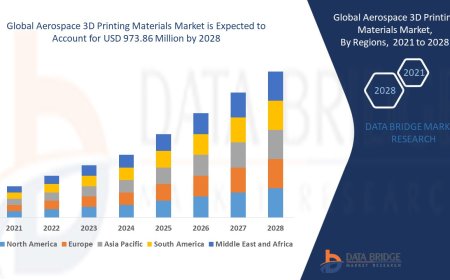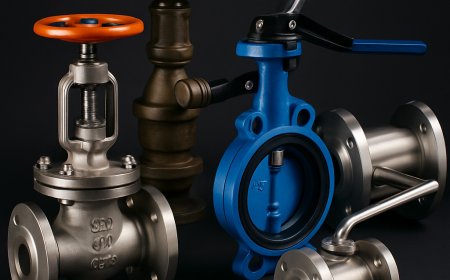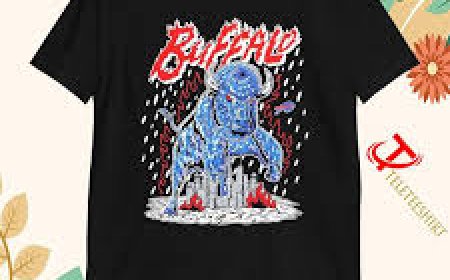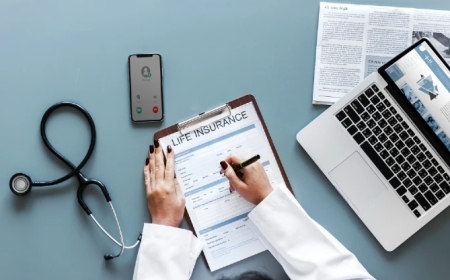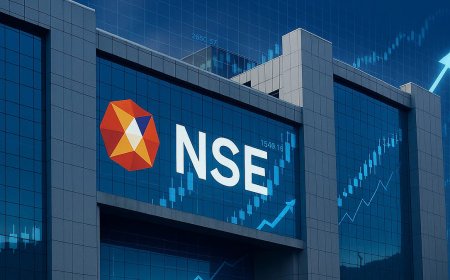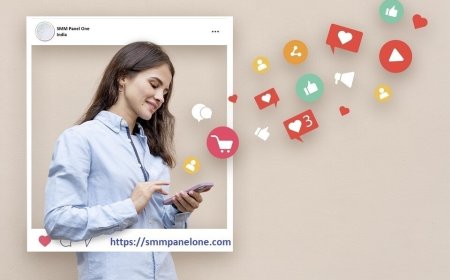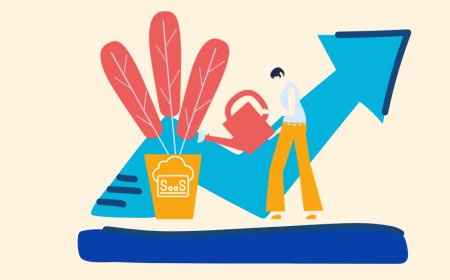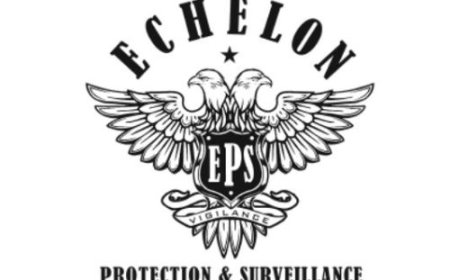Customer Acquisition Techniques That Drive Real Results in 2025
Explore proven customer acquisition techniques for 2025, including lead generation strategies, retargeting, and automation to drive scalable business growth.

In todays digital marketing landscape, Retargeting vs Remarketing are two essential strategies acquiring customers is no longer about casting a wide net. Its about using precision tools to attract, engage, and convert the right audiences. In 2025, businesses that focus on smart, data-driven, and value-first approaches will stand out. The most effective customer acquisition techniques are rooted in understanding buyer behavior, delivering relevant experiences, and optimizing every stage of the conversion funnel.
This blog explores proven strategies that go beyond basic marketing tactics and dive into actionable techniques that truly drive results, whether you're running a B2B SaaS company, an e-commerce brand, or a service-based business.
Why Customer Acquisition is More ComplexAnd More CrucialThan Ever
The modern customer journey is multi-touch, cross-device, and highly personalized. Gone are the days of single-channel conversions. Customers expect seamless, relevant experiences across platforms, and only brands that deliver on those expectations will see sustained growth.
In 2025, businesses must align sales, marketing, and customer experience around a unified goal: attracting high-quality prospects and turning them into loyal customers. Thats where innovative customer acquisition techniques come into play.
Retargeting vs Remarketing: A Strategic Re-Engagement Duo
Retargeting vs Remarketing is a crucial concept in modern customer acquisition. Though the terms are often used interchangeably, they refer to different but complementary strategies.
Retargeting vs Remarketing breaks down into two key tactics:
-
Retargeting involves using paid ads to re-engage users who have interacted with your brand online but havent converted. These ads follow users across the web, reinforcing brand recall and encouraging action.
-
Remarketing, on the other hand, typically involves email campaigns that re-engage existing contactslike cart abandoners or inactive subscriberswith tailored offers.
Together, these techniques help close the conversion gap, reduce drop-offs, and increase the overall effectiveness of your lead generation strategies.
1. Build a Value-Driven Lead Magnet Funnel
Attracting qualified leads starts with offering something valuable in exchange for user data. Lead magnetssuch as eBooks, webinars, checklists, or free trialswork exceptionally well when tailored to your audiences pain points.
To make this tactic work:
-
Identify your ideal customer profile (ICP)
-
Create assets that solve a specific problem
-
Design conversion-optimized landing pages
-
Nurture leads through automated email sequences
This funnel becomes the foundation of your broader acquisition efforts and feeds directly into your CRM for ongoing engagement.
2. Optimize Paid Ads for Intent and Relevance
Paid advertising on Google, Meta, LinkedIn, and YouTube remains one of the fastest ways to drive traffic and conversions. But in 2025, spray-and-pray campaigns no longer work.
Instead, focus on:
-
Keyword targeting based on user intent
-
Custom audiences using first-party data
-
Dynamic ad creatives personalized to user behavior
-
Ongoing A/B testing and optimization
Use analytics to understand which ads are driving the best ROI, and reallocate budget to high-performing campaigns. When done correctly, paid media becomes a predictable and scalable acquisition channel.
3. Use Lead Generation Strategies Tailored to Buyer Personas
Effective lead generation strategies go far beyond collecting emails. In 2025, successful brands tailor their lead-gen efforts to different buyer personas, journey stages, and content formats.
Here are some persona-based tactics:
-
For decision-makers: Host expert-led webinars or offer case studies that prove ROI.
-
For practitioners: Share how-to guides, product demos, and free tools.
-
For early-stage prospects: Use educational blog content, quizzes, or assessments.
Layering your strategy ensures youre generating not just more leads, but better leads who are likely to convert and stick around.
4. Incorporate Workflow Automation to Streamline Acquisition
Manual processes limit scale and speed. Thats why forward-thinking companies are investing in Workflow Automation Services to streamline everything from lead capture to onboarding.
Automation tools can:
-
Score and segment leads in real-time
-
Trigger personalized email sequences
-
Route leads to the appropriate sales rep or funnel
-
Integrate CRM and analytics for smarter insights
This not only reduces operational overhead but also improves the speed and efficiency of your acquisition funnel, leading to faster time-to-value for new customers.
5. Leverage Social Proof and User-Generated Content
Todays consumers trust people more than brands. Incorporating social prooflike testimonials, reviews, and user-generated content (UGC)into your acquisition strategy helps build trust and accelerate conversions.
Examples of effective social proof:
-
Customer video testimonials on landing pages
-
Ratings and reviews integrated into product pages
-
Social media reposts of happy customers using your product
-
Influencer UGC tied to affiliate campaigns
These assets work across platforms and can boost engagement and conversions at every stage of the funnel.
6. Create SEO Content That Fuels Organic Growth
While paid campaigns offer immediate visibility, content marketing delivers long-term acquisition benefits. By creating SEO-optimized, high-value content around customer pain points and keywords, you attract organic traffic that converts.
To make your content drive acquisition:
-
Perform keyword research around intent-based queries
-
Write blog posts, how-to guides, and solution-focused articles
-
Use clear calls-to-action (CTAs) to capture leads
-
Create pillar content that links to supporting pieces
High-quality content establishes thought leadership, nurtures trust, and keeps prospects coming back.
7. Implement Referral and Loyalty Programs
Word-of-mouth is still one of the most powerful customer acquisition engines. In 2025, digital referral programs that reward customers for sharing your brand can lead to exponential growth at a low cost.
Key elements of a strong referral program:
-
Easy-to-use sharing mechanisms (links, emails, codes)
-
Clear, compelling incentives for both referrer and referee
-
Integration with your existing marketing stack for tracking
When combined with loyalty perks, these programs increase retention while attracting new users who already trust your brand.
Final Thoughts: Evolve or Be Left Behind
In 2025, effective customer acquisition techniques are no longer about mass reachtheyre about smart, targeted, value-first engagement. Brands that invest in automation, data-driven optimization, personalized content, and re-engagement strategies will consistently outperform competitors.
From perfecting your lead generation strategies to combining retargeting vs remarketing effectively, its the precision of your execution that determines success. By embracing a mix of proven and innovative techniques, youll not only attract more customers but youll build a more sustainable, scalable acquisition engine.


